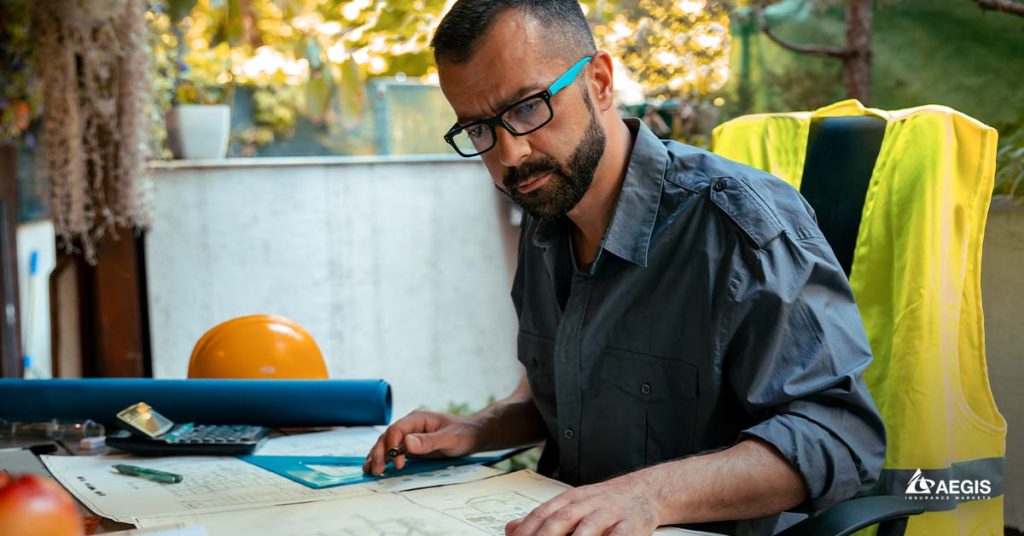In the ever-evolving world of construction, where progress is measured in inches and milestones, the race for innovation is relentless. Foundation construction services, the backbone of any sturdy structure, are now witnessing a paradigm shift that defies gravity itself. Pioneering technologies and ingenious methodologies are unleashing a wave of transformation, promising to elevate the industry to new heights. One of the groundbreaking innovations reshaping the landscape of foundation construction is the implementation of advanced materials. Traditional concrete and steel, once the undisputed rulers of the construction realm, are making way for high-performance materials that offer superior strength, durability, and sustainability. Engineered wood products, fiber-reinforced polymers, and ultra-high-performance concrete are among the key players, challenging the status quo and enabling construction projects to defy gravitational constraints. One noteworthy development is the use of carbon fiber-reinforced polymers CFRP in foundation construction. CFRP materials boast an unparalleled strength-to-weight ratio, making them ideal for enhancing the load-bearing capacity of foundations without adding unnecessary bulk.

This innovation not only reduces the overall weight of structures but also accelerates construction timelines by facilitating easier transportation and installation. As a result, construction projects can reach soaring heights while maintaining structural integrity. In addition to materials, the integration of advanced construction methodologies is revolutionizing how foundations are built. Traditional excavation and foundation laying processes are being replaced by innovative techniques such as micro pile drilling and soil stabilization. Micro piles, small-diameter, high-strength piles, are drilled into the ground to provide foundational support in areas with challenging soil conditions. This technique allows for greater flexibility in constructing foundations in regions previously deemed unsuitable. Furthermore, soil stabilization technologies are playing a crucial role in ensuring the stability of foundations. Chemical and mechanical stabilization methods are employed to enhance the load-bearing capacity of soils, enabling construction in areas with loose or expansive soils. This breakthrough not only expands the geographical scope of construction projects but also minimizes the environmental impact of excavation and foundation work. The infusion of digital technologies is another dimension of innovation transforming foundation construction services.
Building Information Modeling BIM has emerged as a game-changer, offering a comprehensive digital representation of the entire construction process. From initial design to construction and maintenance, BIM allows for real-time collaboration, improved project visualization, and accurate data analysis. This technology empowers construction teams to make informed decisions, optimize resource allocation, and streamline the overall construction process and browse this website. As foundation construction services embrace these innovations, the industry is experiencing a shift towards sustainable and eco-friendly practices. The use of recycled and locally sourced materials, coupled with energy-efficient construction methods, is reducing the environmental footprint of construction projects. Foundations are no longer just supporting structures they are becoming symbols of sustainable development and responsible construction practices. The integration of advanced materials, innovative construction methodologies, and digital technologies is ushering in a new era of construction, where structures can reach unprecedented heights with enhanced strength and sustainability. As the industry continues to push the boundaries of what is possible, the future of foundation construction promises to be both awe-inspiring and environmentally conscious, laying the groundwork for a sustainable and resilient built environment.
